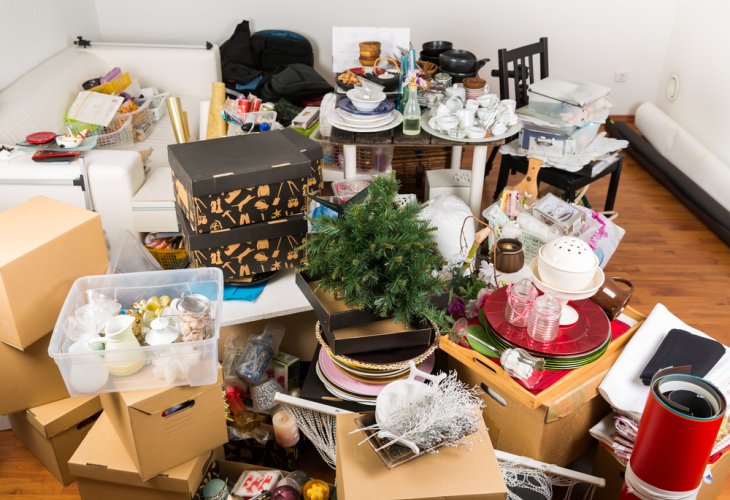Compulsive Hoarding: When Does Keeping Things Become a Disorder?
Compulsive hoarding is a mental disorder affecting daily life, leading to health and social issues. What are the signs, and how can it be managed?
 (Photo: Shutterstock)
(Photo: Shutterstock)We all have a tendency to hold onto certain things—precious memories, useful objects, or items that evoke nostalgia. We sometimes feel the need to keep items that remind us of important times in our lives or that we might need in the future. However, there are extreme cases where the desire to keep things becomes a serious problem.
What is Compulsive Hoarding?
Compulsive hoarding is a mental disorder where a person struggles to part with possessions and throw away items, even if they have no practical or sentimental value. This may include keeping things like old newspapers, worn-out clothes, broken household items, or expired food. Individuals with compulsive hoarding experience significant distress when attempting to dispose of items or when others try to do so on their behalf.
How to Identify Compulsive Hoarding?
Key indicators of compulsive hoarding include:
* Difficulty Discarding Items: These individuals feel great distress trying to discard items, even if they have no substantial value.
* Accumulating Large Quantities: The homes of compulsive hoarders will be crowded with items, impeding regular use of space.
* Feeling Overwhelmed and Distressed: Hoarders often experience significant mental distress due to the clutter.
* Impaired Daily Functioning: Clutter may cause difficulties in domestic and social functioning, and even health hazards such as fall risks, illness, and fires.
* Social Avoidance: Sometimes hoarders avoid inviting people into their homes out of fear of criticism or embarrassment about the state of their home.
Causes of Compulsive Hoarding
The causes of compulsive hoarding are not definitively known, but they include a mix of genetic, environmental, and psychological factors. Several studies have indicated a genetic link, as well as the development of the disorder following trauma or various stressors.
How Is Compulsive Hoarding Diagnosed??
Diagnosis is made by mental health professionals like psychologists and psychiatrists. It involves a clinical interview, the use of psychological questionnaires, and an assessment of the individual’s daily functioning and mental state.
Treatment Methods
* Cognitive-Behavioral Therapy (CBT): This therapy focuses on identifying and changing negative thought patterns and behaviors related to hoarding. The therapist works with the patient on understanding the motivations for hoarding and developing strategies for better management of possessions.
* Medication: Sometimes, antidepressant and anti-anxiety medications (SSRIs) are used to help reduce symptoms. Medication may be combined with psychological therapy.
* Support Groups: Support groups for compulsive hoarders provide a supportive and understanding environment where experiences can be shared and support received from those facing similar issues.
* Professional Home Organization Assistance: Help from experts in organization and arrangement can aid in reducing clutter and creating a more comfortable living environment.
* Family Therapy: This therapy focuses on helping the hoarder’s family understand the disorder and develop ways to support the individual in the process of change.
Daily Coping with Compulsive Hoarding
* Recognition of the Problem: Acknowledging that it is a disorder requiring treatment is the first and most crucial step.
* Seeking Professional Help: It is important to consult a psychologist or psychiatrist who specializes in treating compulsive hoarding.
* Patience and Persistence: The treatment process can be lengthy and challenging, but persistence can lead to significant improvement in quality of life.
* Social Support: Support from family, friends, and support groups can greatly assist in the rehabilitation process.
Compulsive hoarding is a complex condition requiring understanding and professional treatment. It is important to seek help and be patient, as change is possible and can greatly improve the quality of life for the hoarder and their surroundings.
Filling the House: When Does Hoarding Become a Problem That Needs Treatment?

